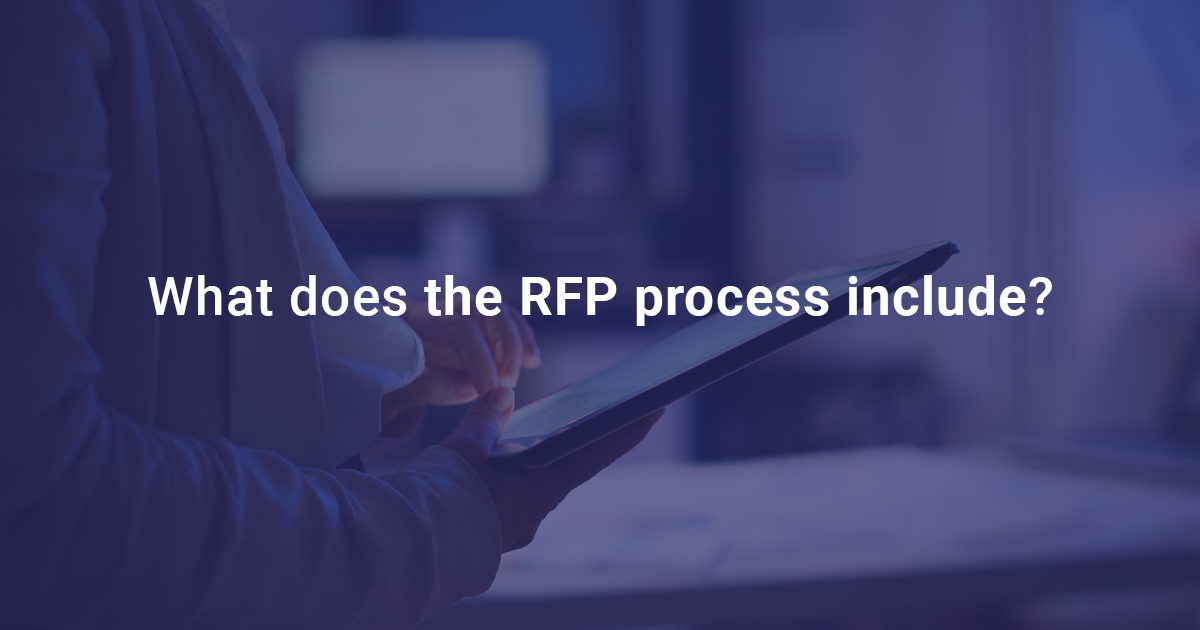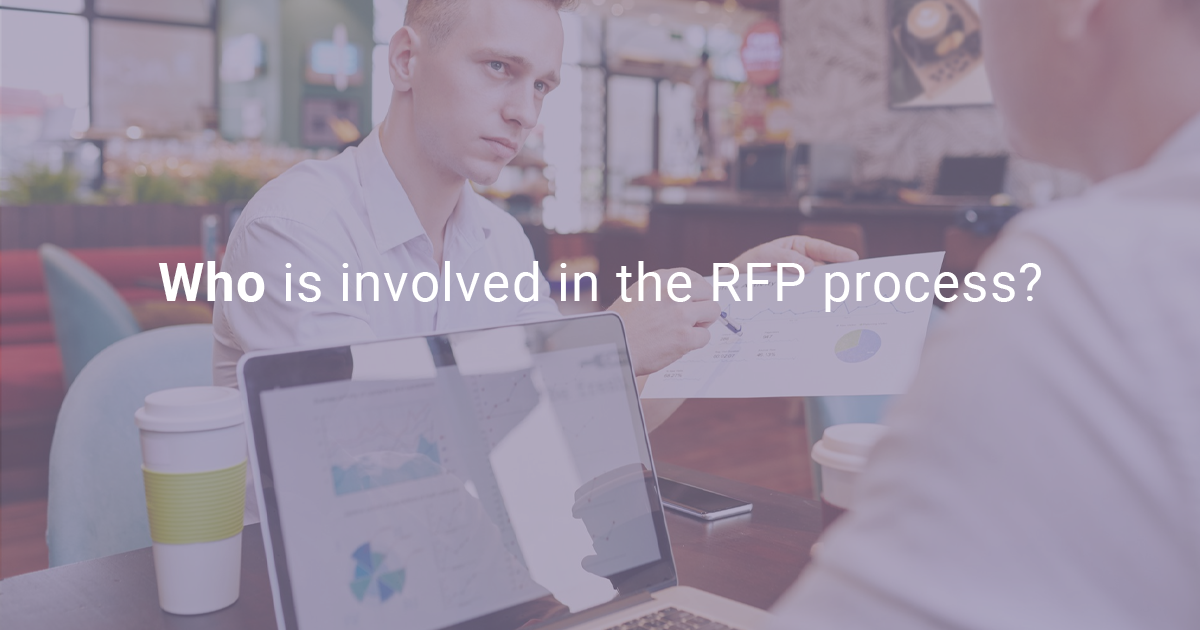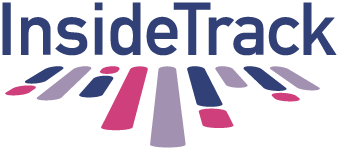Where efficiency and precision are paramount, the Request for Proposal (RFP) process plays a pivotal role in securing success. Whether you’re a seasoned industry veteran or a newcomer, navigating the intricate terrain of RFPs can be a challenging endeavor.

What is an RFP (Request for Proposal)?
An RFP, or Request for Proposal, is a formal document that organizations use to solicit bids, proposals, or offers from potential vendors, suppliers, or service providers. It’s commonly used in procurement processes, especially when an organization is looking to purchase goods or services that require a complex or specialized solution.
For foodservice operators in restaurants, hotels, casinos, and similar industries, an RFP could be used when seeking suppliers for ingredients, kitchen equipment, technology solutions, catering services, and more. The RFP outlines the organization’s needs, requirements, and evaluation criteria, while potential vendors respond with detailed proposals that demonstrate how their products or services can meet the organization’s needs.

What does the RFP process include?
The RFP process is crucial for ensuring that organizations make informed decisions when choosing vendors or partners. It allows them to compare different options, assess capabilities, and select the proposal that aligns best with their operational and strategic goals. An RFP process typically involves the following steps:
Issuing the RFP: The organization creates and distributes the RFP document, outlining its needs, objectives, requirements, and evaluation criteria.
Vendor Responses: Potential vendors study the RFP and prepare detailed proposals that outline how they intend to meet the organization’s requirements. These proposals might include information about their products, services, pricing, timelines, and relevant experience.
Evaluation: The organization evaluates the vendor proposals based on predefined criteria, which can include factors like cost, quality, experience, and alignment with the organization’s goals.
Selection: The organization selects the vendor that best meets its needs and objectives based on the evaluations.
Negotiation: Negotiations may occur with the selected vendor to finalize terms, pricing, and other details before entering into a formal agreement.
Contracting: Once the negotiations are complete, the organization and the selected vendor enter into a formal contract or agreement.

Who is involved in the RFP process?
In the foodservice industry, the RFP process typically involves several key stakeholders who play specific roles throughout the process. These stakeholders collaborate to ensure that the organization’s needs are accurately represented in the RFP, evaluate vendor proposals, and make informed decisions.
Procurement or Purchasing Manager: This individual or team is responsible for initiating the RFP process. They identify the organization’s needs, define the requirements, and develop the RFP document. They also manage the overall procurement strategy, vendor selection, and contract negotiation.
Department Managers: Managers from different departments within the foodservice establishment (such as the kitchen, operations, and finance) provide input on their specific needs and requirements. They collaborate with the procurement team to ensure that the RFP accurately reflects the organization’s operational needs.
Executive or Management Team: Senior executives or management team members are involved in approving the RFP process and the final vendor selection. Their input is essential to ensure that the chosen vendor aligns with the organization’s strategic goals.
Cross-Functional Teams: Depending on the complexity of the RFP, cross-functional teams might be formed to evaluate vendor proposals. These teams can include representatives from various departments who bring their expertise to assess the proposals against specific criteria.
Vendors and Suppliers: Potential vendors or suppliers participate by responding to the RFP with detailed proposals. They outline how their products or services meet the organization’s needs, provide pricing information, and showcase their relevant experience and capabilities.
Evaluation Committee: This committee reviews and evaluates the vendor proposals based on predefined criteria, which can include factors like cost, quality, experience, and alignment with the organization’s goals. The committee makes recommendations or decisions about the selected vendor.
Legal and Contracting Teams: Once a vendor is selected, legal and contracting teams become involved to ensure that the final agreement or contract aligns with legal requirements and protects the interests of the organization.
Technology and IT Teams: In cases where technology solutions are being sought, IT teams may be involved in evaluating the technical aspects of vendor proposals and assessing compatibility with existing systems.
Operations Team: The operations team ensures that the selected vendor’s offerings align with the operational workflow of the foodservice establishment. They assess how the vendor’s products or services will integrate into daily operations.
Finance Team: The finance team evaluates the financial aspects of vendor proposals, including pricing structures, payment terms, and the potential return on investment.
Collaboration among these stakeholders ensures that the RFP process in the foodservice industry is thorough, comprehensive, and aligned with the organization’s goals and operational requirements.

Why does a business use RFPs?
Businesses use Request for Proposals (RFPs) for several important reasons:
Sourcing Solutions: RFPs are used to find the best possible solutions for complex needs. Whether it’s purchasing products, services, or technology, an RFP allows businesses to gather detailed information about potential vendors’ offerings, capabilities, and expertise.
Competition: By soliciting proposals from multiple vendors, businesses create healthy competition. This encourages vendors to put forward their best proposals, leading to better pricing, higher quality solutions, and innovative ideas.
Transparency and Fairness: RFPs promote a transparent and fair selection process. All participating vendors receive the same information, ensuring that no vendor has an unfair advantage.
Customization: RFPs can be tailored to the specific needs of the business. This allows organizations to outline their exact requirements and expectations, leading to solutions that fit their unique circumstances.
Comparison of Options: RFPs provide a structured framework for comparing different vendor offerings. Businesses can evaluate proposals side by side, considering factors such as cost, quality, capabilities, and benefits.
Informed Decision-Making: RFPs provide businesses with comprehensive information about potential vendors and their offerings. This empowers organizations to make informed decisions that align with their strategic goals.
Risk Mitigation: Through RFPs, businesses can assess vendors’ financial stability, track record, and relevant experience. This helps mitigate the risk of partnering with unreliable or unsuitable vendors.
Efficiency: RFPs streamline the procurement process. Instead of contacting each vendor individually, businesses can issue a single RFP and receive standardized proposals, saving time and effort.
Alignment with Objectives: Businesses can outline their specific objectives and requirements in the RFP document. This ensures that vendor proposals are in line with the organization’s goals and priorities.
Complex Projects: For projects that involve multiple stakeholders, intricate details, and specialized expertise, RFPs provide a structured way to solicit comprehensive proposals that address the complexity of the endeavor.
Negotiation Leverage: RFPs give businesses negotiation leverage. Once proposals are received, businesses can negotiate terms, pricing, and other details based on the competitive bids they’ve received.
Legal Protection: A well-structured RFP document can help protect the business legally. It can outline terms, conditions, and expectations, ensuring that both parties are on the same page.
In essence, RFPs empower businesses to make well-informed, strategic decisions by facilitating a systematic, organized, and transparent vendor selection process.

What are the benefits of using an RFP?
Using a Request for Proposal (RFP) offers several key benefits to businesses:
Quality Solutions: RFPs enable businesses to identify and secure high-quality solutions from vendors. By outlining specific requirements and evaluation criteria, businesses can ensure that the selected solution meets their needs and expectations.
Competition and Innovation: RFPs encourage healthy competition among vendors. This competition can lead to innovative proposals, improved pricing, and higher levels of service as vendors strive to differentiate themselves from their competitors.
Informed Decision-Making: RFPs provide businesses with detailed information about vendor capabilities, offerings, and approaches. This information empowers informed decision-making by allowing businesses to compare and contrast different proposals.
Tailored Solutions: RFPs allow businesses to communicate their exact requirements and preferences. Vendors respond with tailored proposals that address the specific needs of the business, leading to solutions that align closely with organizational goals.
Efficiency: RFPs streamline the vendor selection process. Instead of individually reaching out to potential vendors, businesses can issue a single RFP and receive standardized responses, saving time and effort.
Transparency: RFPs promote transparency in the vendor selection process. All vendors receive the same information, ensuring fairness and equal opportunity for all participants.
Risk Mitigation: Through RFPs, businesses can assess vendors’ qualifications, experience, and financial stability. This helps mitigate the risk of partnering with unreliable or ill-suited vendors.
Negotiation Leverage: Once proposals are received, businesses can leverage competitive bids during negotiations. This can lead to more favorable terms, pricing adjustments, and added value from vendors.
Structured Process: RFPs provide a structured framework for evaluating and comparing proposals. This ensures that all relevant factors are considered and that the selection process is systematic.
Legal Protection: A well-constructed RFP document can help protect businesses legally. It outlines terms, expectations, and conditions, reducing the likelihood of misunderstandings or disputes down the line.
Strategic Alignment: RFPs enable businesses to align vendor proposals with their strategic objectives. This ensures that the selected solution contributes to the broader goals of the organization.
Cost Efficiency: By soliciting competitive bids, RFPs can result in cost savings for businesses. Vendors often strive to provide competitive pricing to secure the contract.
Flexibility: RFPs can be adapted to various industries and types of projects, making them versatile tools for vendor selection in different business contexts.
RFPs offer a structured, transparent, and efficient way for businesses to identify and secure the best possible solutions from vendors. They enable businesses to make well-informed decisions that align with their goals while encouraging competition and innovation within the vendor community.
Mastering the RFP process is an essential endeavor for foodservice operators seeking streamlined solutions in a competitive landscape. By delving into the intricacies of RFP management, we’ve unveiled its significance as a strategic tool for elevating operational excellence.
RFP Management with InsideTrack
As you embark on your journey to harness the power of RFPs, remember that efficiency, informed decision-making, and strategic alignment are the cornerstones of success in modern foodservice operations.
With InsideTrack, you can organize all of your RFP responses on a sourcing calendar and break down the implications to simple math.
Embrace the opportunities that RFPs offer, and let them pave the way for innovation, growth, and excellence in your establishment. Streamline your RFP Management by joining InsideTrack today!



